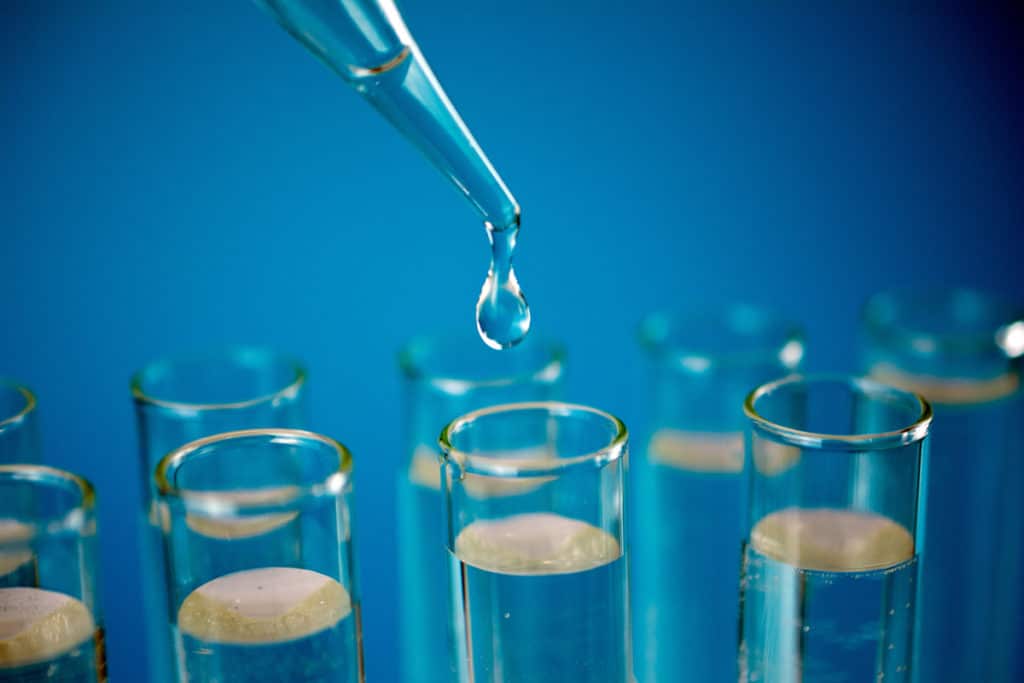We use water every day for drinking, cooking, bathing, and more. However, it may contain hidden dangers. Bacterial water testing defends your family, guests, and pets against illness.
What It Detects
Bacterial water testing measures a water source’s safety by estimating the amount of bacteria in a sample and determining which species are present.
The initial process doesn’t actually detect dangerous organisms. Rather, it detects “indicator organisms” that are more common in places with higher amounts of pathogens. Lab workers can make more accurate and precise analyses with indicator bacteria because these species are much more plentiful than harmful bacteria.
Escherichia coli (E. coli), Pseudomonas aeruginosa, and coliforms are the main indicator organisms. Each are common in human and animal digestive tracts and, thus, can indicate a high level of sewage.
If the level of indicator organisms is higher than specified standards, analysts will use specialized methods to discover which specific harmful bacteria are present. Some pathogenic species include Salmonella Typhimurium (causes typhoid), Vibrio cholerae (causes cholera), and Cryptosporidium.
Plate Count Method
There are several methods to test for bacteria, but plate count is the most reliable. A water sample and a nutrient agar is placed and sealed in clear dish. Agar contains substances that can help determine the type and amount of bacteria in the sample. For example, some species will absorb the agar’s color as they grow and some will remain colorless.
After incubation for about 24 hours, colonies of bacteria will grow large enough to see with the naked eye. Analysts count the number of colonies on the plate.
Plate count works best with 30-300 colonies. Often, multiple samples with different levels of dilution will be cultured so at least one of them will fit this ideal range. The total number of colonies found is multiplied by the dilution used, so the final calculation estimates the total concentration of bacteria in the original water sample.
When to Test
Some bacteria can quickly cause illness. Others gradually worsen your health over a long time.
If you use a well or other private water source, get a professional water analysis ASAP if you notice a change in odor, taste, or appearance of the water; the well is breaks or floods; a nearby septic system malfunctions; or family members or guests have recurring symptoms of gastrointestinal illness.
Even if water seems safe, it must be tested regularly for slow-acting bacteria. Public drinking water is required to be checked at least yearly. It’s typically checked more frequently, sometimes as often as hourly. The National Ground Water Association (NGWA) recommends testing private well water at least once a year.
Water testing labs or your county water department can give you more information about how to test your water. Make sure you ask them how to obtain a good water sample and what the test results mean for your health.

